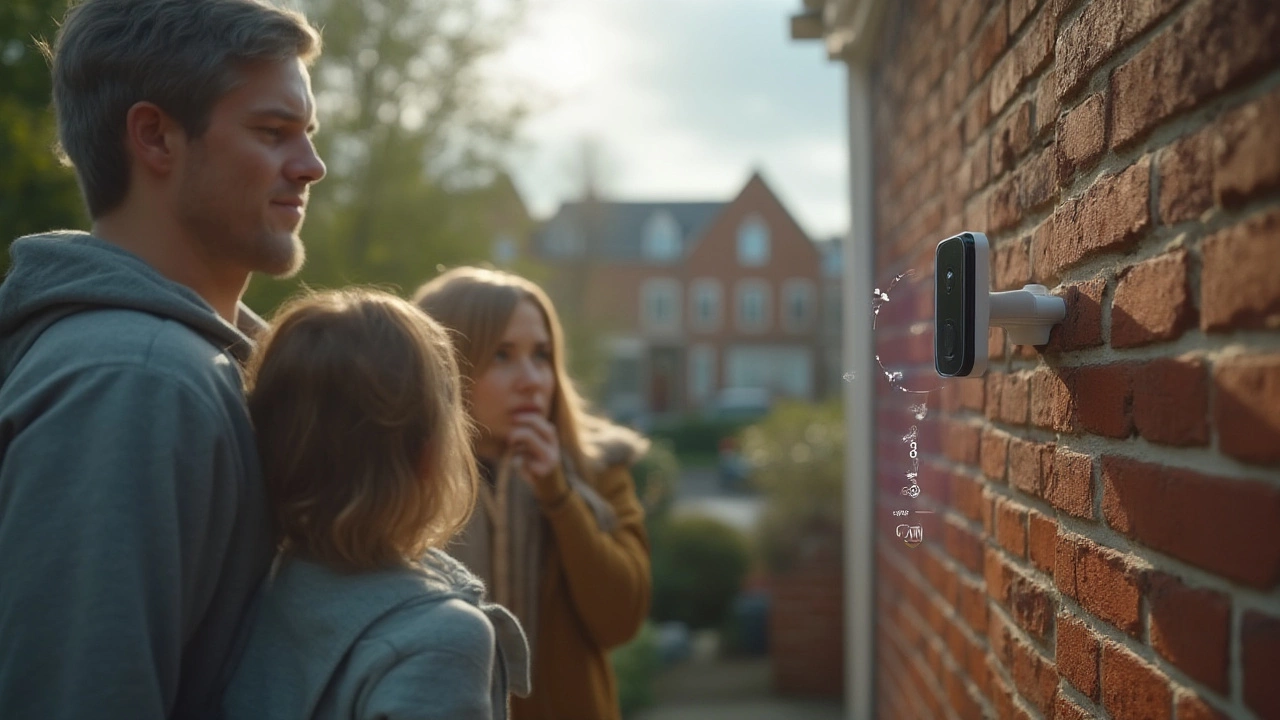Got a Ring doorbell and wonder where all those video clips go? You’re not alone. Ring gives you a few ways to store footage, each with its own pros, cons, and price tag. In this guide we’ll break down the options, show you how to set them up, and share tips to make sure you never lose a bite‑size clip of a visitor or a stray cat.
The most common way to keep Ring video is through Ring Cloud. With a basic subscription you get 60‑day video history, motion‑triggered clips, and easy app access. No extra hardware, no worry about hard‑drive failures. The downside? It costs extra each month, and you’re tied to Ring’s servers.
If you’d rather keep costs low, you can go local. Ring lets you enable “video download” from the app, then store the files on your phone, computer, or an external drive. This method is free, but you have to remember to back up the clips yourself. Also, you lose some of the handy cloud features like remote live view when you’re away from home.
There’s a hybrid approach too: use a short‑term cloud plan for the first few days of footage, then download and archive the clips you need. That way you keep the quick‑access benefit while still saving money long‑term.
1. **Set the right motion zones** – If your camera records everything, you’ll fill up storage fast. Trim the zones to the most important areas and reduce false alerts.
2. **Choose the right video quality** – Higher resolution looks great, but it eats storage. For most homes, 1080p is plenty. Drop to 720p if you need to stretch your cloud plan.
3. **Automate downloads** – Use the Ring app’s “Save to Phone” feature and enable automatic backups to Google Photos or iCloud. This adds a safety net without extra manual steps.
4. **Check your subscription regularly** – Ring often runs promos. A higher‑tier plan may become cheaper than your current one, giving you more days of storage for the same price.
5. **Mind the retention policy** – Even with a subscription, Ring eventually deletes old clips after the plan period ends. If a clip is crucial (e.g., evidence for a theft), download it right away.
6. **Secure your account** – A strong password and two‑factor authentication stop hackers from accessing your video feed. It’s a quick step that protects both privacy and storage.
7. **Consider a local NVR** – Some users attach a Network Video Recorder to a Ring camera that supports RTSP. The NVR stores everything on a big hard drive, eliminating monthly fees altogether.
By knowing where Ring puts your video and how to manage it, you’ll avoid surprise “out of space” notices and keep the moments that matter. Pick the storage route that fits your budget, set up motion zones, and automate backups – then sit back and let your Ring doorbell do the watching for you.

Curious about how long your Ring videos stick around without a subscription? Get the full breakdown of storage limits, workarounds, and what you'll actually lose.